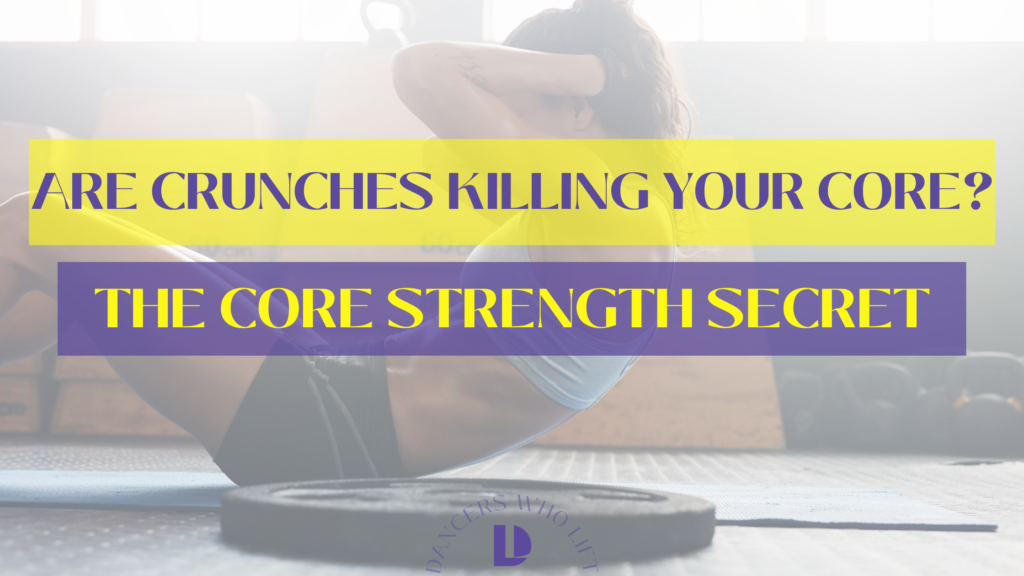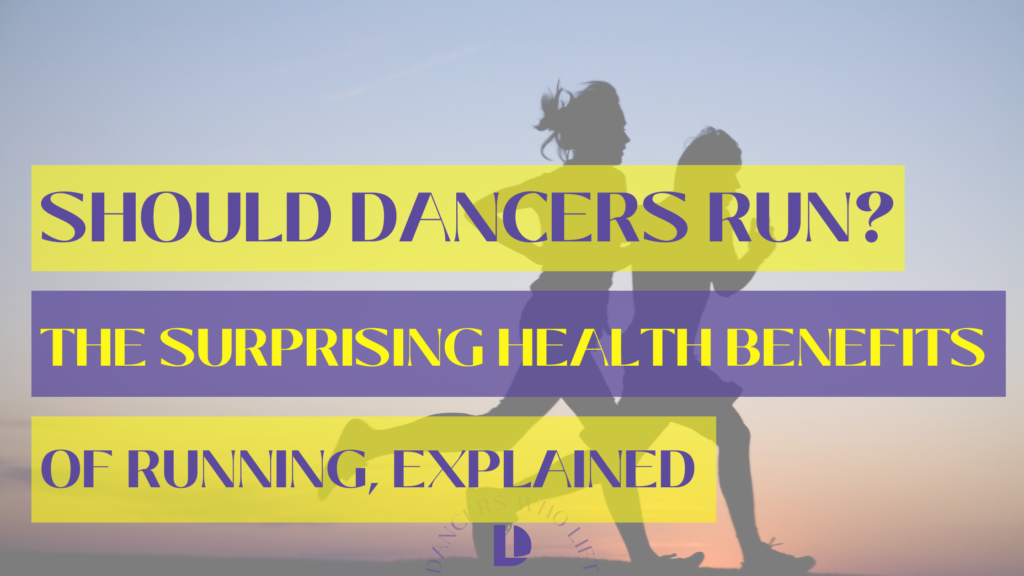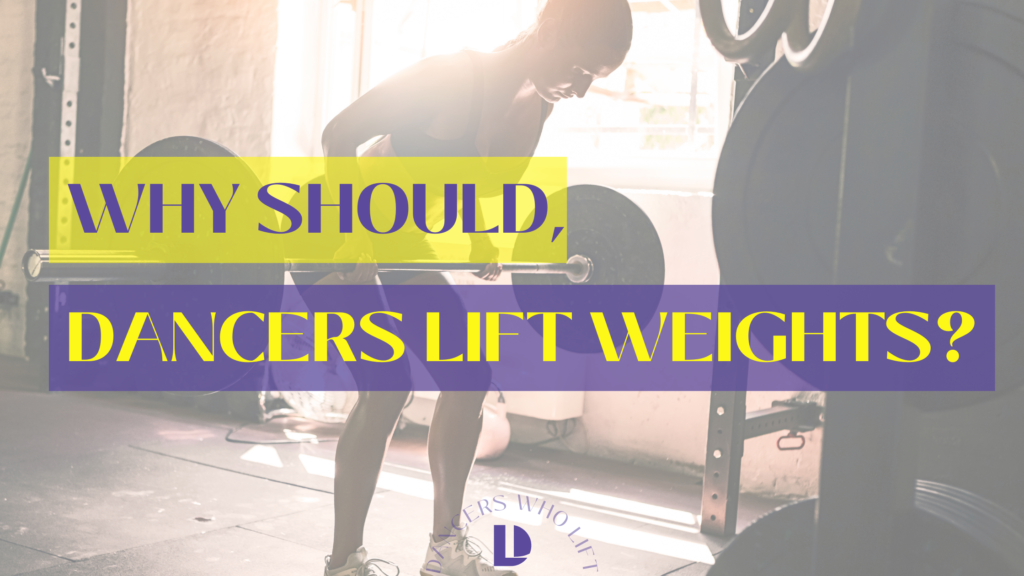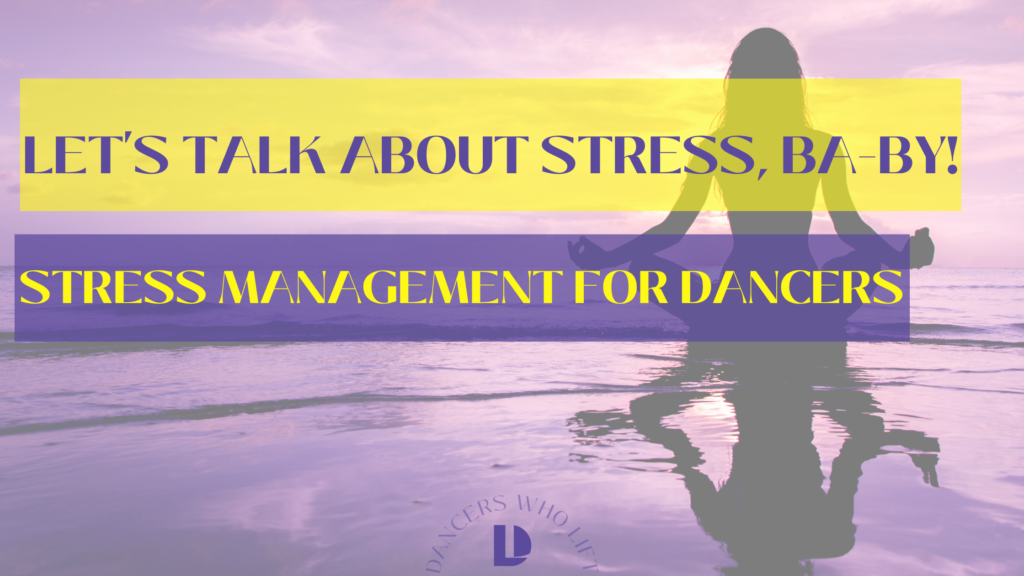Please enjoy this week’s free dancer workout!
As you know, dancers require a unique combination of strength, agility, and endurance, all wrapped up with a touch of elegance.
A strong physical foundation is essential to master intricate choreographies, maintain posture, and ensure that every move looks effortless.
The conditioning dancer-workout detailed here has been tailored to target the areas dancers need to focus on most.
Let’s delve into the benefits and techniques of each exercise.

1. Kettlebell Swings Tabata
- How to perform:
- Begin by standing feet shoulder-width apart with the kettlebell in front of you.
- Keep your spine neutral, and initiate the swing by pushing your hips back and then driving them forward.
- Use the momentum to swing the kettlebell up. Your arms should end up being parallel to the ground.
- Let the kettlebell swing back down as you prepare for the next rep.
- Benefits:
- Core Activation: The swinging motion requires stabilization from your core muscles, ensuring your abs, obliques, and lower back are engaged.
- Hip Flexor Strengthening: As dancers frequently engage their hip flexors, this exercise strengthens that area. That’s why this dancer workout helps with lifts and jumps.
- Endurance and Cardio: The Tabata format ensures that the heart rate remains elevated, improving cardiovascular health and endurance.
2. Jump Crawl
- How to perform:
- Start by getting into a ready position, slightly bent at the knees.
- Perform a broad jump, propelling yourself forward with both feet.
- Upon landing, go down on all fours and crawl backward to the starting position.
- Benefits:
- Lower Body Power: The broad jump develops explosive strength in the legs, useful for leaps and lifts in dance.
- Coordination and Agility: Crawling in reverse challenges your coordination, a skill dancers need in abundance.
- Core Stability: The dynamic movement of jumping followed by crawling ensures your core is constantly engaged.
3. Medicine Ball Slam
- How to perform:
- Holding a medicine ball with both hands, stand with feet shoulder-width apart.
- Raise the ball overhead, fully extending your arms.
- With force, slam the ball down onto the ground in front of you. Pick it up and repeat.
- Benefits:
- Upper Body Strength: This exercise targets the arms, shoulders, and back, essential for postural integrity in dance.
- Core Engagement: Slams engage the core muscles, especially when transferring the force from overhead.
- Stress Relief: There’s something inherently therapeutic about slamming a ball onto the ground! (Who says dancer workouts can’t be fun?!)
4. Single Leg Pallof Press
- How to perform:
- Attach a resistance band to a stable post at chest height.
- Stand on one leg, a few feet away from the post, holding the resistance band with both hands close to your chest.
- While balancing, press the band straight out in front of you and then draw it back in. Ensure you maintain your posture and balance throughout.
- Benefits:
- Core and Oblique Strengthening: The lateral force from the band challenges your obliques and core, important for spins and turns in dance.
- Balance and Proprioception: Standing on one leg enhances stability, which is vital for performances, especially when on pointe or during solo movements.
In conclusion, this dancer workout provides dancers with a holistic approach to their physical conditioning, addressing power, endurance, agility, and core strength.
With regular practice, dancers can expect enhanced performance, reduced risk of injury, and the stamina to go through rigorous routines with grace and poise.
So, gear up and get sweaty!
Be sure you tag @dancerswholift with a sweaty selfie after you try this dancer workout!








 Pay attention to your form.
Pay attention to your form.  Pay attention to where you are pushing off of.
Pay attention to where you are pushing off of.  You’ll want to make sure that you’re wearing the appropriate shoes.
You’ll want to make sure that you’re wearing the appropriate shoes. 




